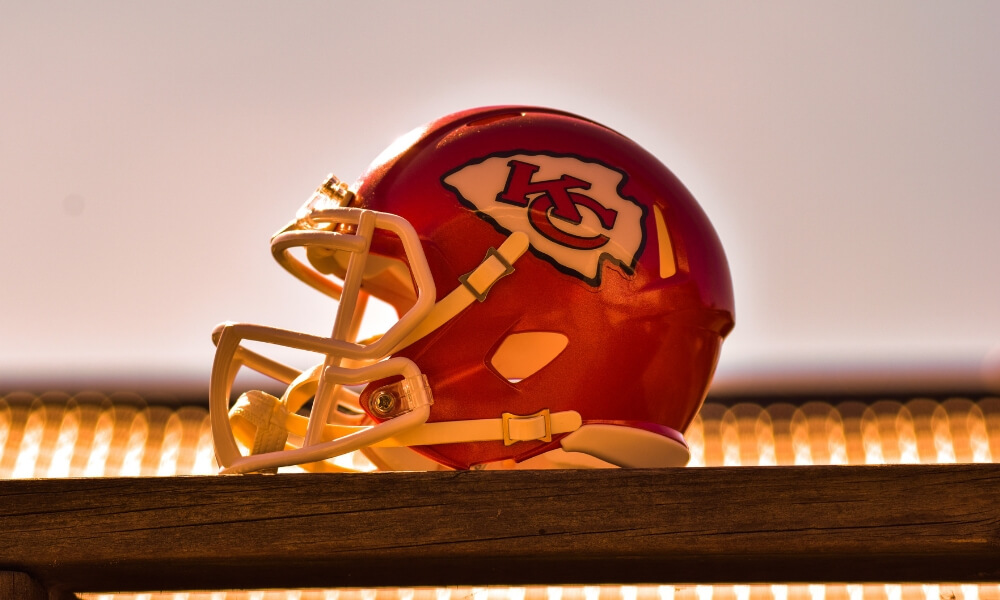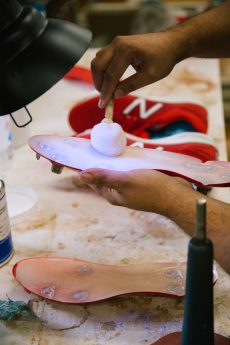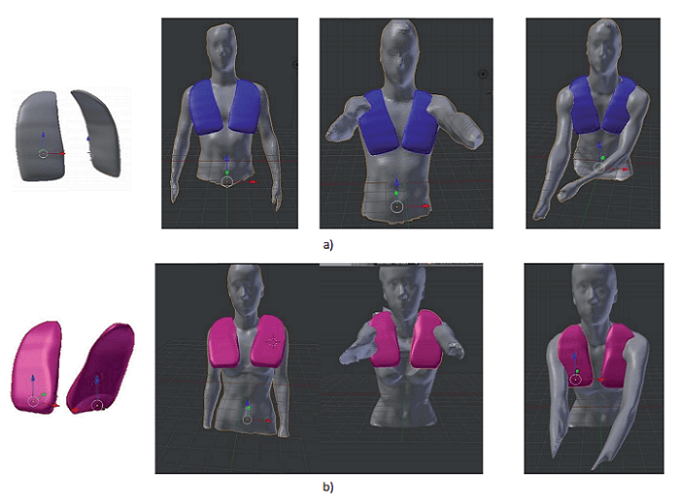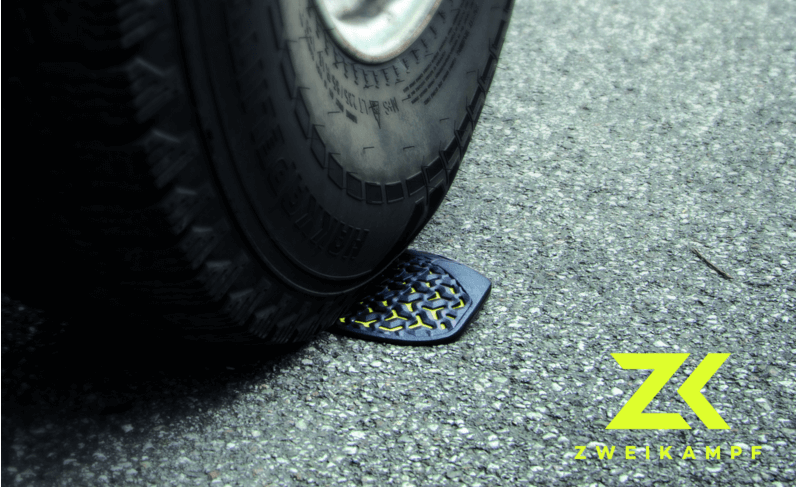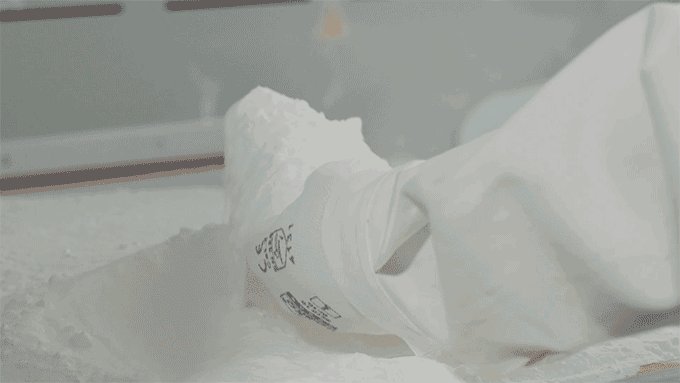Top 5 3D printed sports safety equipment projects: what is possible?
Posted By Kat Plewa on Feb 20, 2019 | 0 comments
Done professionally or as a hobby, sports are fun, however, they can be also highly dangerous. Therefore we have to constantly look at how to improve our safety. By 2025 the sports safety equipment market will be worth over 90 Billion US dollars and Additive Manufacturing is going to be a big investment for many manufacturers. How can 3D printing be used to produce the ultimate protection? Let’s find out!
Why do we use 3D printing for safety equipment?
First of all, Additive Manufacturing enables an absolutely new level of customization. We can forget about regular S, M, L sizes. Thanks to 3D printing we can give athletes highly personalized protectors for different body parts which can save their lives. 3D printed safety equipment fit the user perfectly which gives them more protection and comfort than ever before.
Additive Manufacturing allows for a new architecture of the safety equipment as well. So-called lattice structures, are nature inspired, flexible and can absorb impacts and shocks much better than their normal, stiff equivalents. At the same time, the structures are robust. Thanks to that, the 3D printed sports equipment gives much more protection.
Another reason is how fast 3D printing is. Considering how many injuries athletes can get, they sometimes need to exchange their safety equipment regularly and getting customized protectors can be hard. With Additive Manufacturing, you simply upload 3D scan, for example of the player’s jaw, adjust 3D model if necessary (for instance due to the injury) and 3D print a new mouthguard in no time.
Additive Manufacturing also brings costs down. Low volume production, especially when it comes to highly customized parts, is much cheaper. The process doesn’t involve mold production, like injection molding, so all you need is a 3D scan which is fast and very accurate. 3D models can also be easily adjusted to the user’s needs. All those aspects show how the production process is shortened, there is no need for additional tooling, it reduces not only the time spent on the design process but of course also the costs.
The best of 3D printed sports safety equipment projects
Now that you know the benefits of using Additive Manufacturing to protect athletes from injuries, let’s talk about some real-life examples. Did you know that you can already have a mouthguard perfectly fitting your teeth and also visually customized with 3d printing? Even NBA players use them! We will also introduce you to extremely strong shin protectors. Find out which project did we picked for our Top 5 list of sports safety equipment!
First ever 3D printed cleats used on the field
The Cleveland Indians is an American baseball team, and their player Corey Kluber was the first pitcher ever to practice in partially 3D printed cleats. The shoes were highly customized for him. It all started with gathering biomechanical data and research on Kluber’s pitching motion, especially focusing on how he uses different areas of his feet during the game to provide the best foot protection.
The most important factor to consider was how Kluber locks his heel during windup and also how he places his foot while throwing. In the right shoe, the player got an extra 3D printed wall to prevent his foot from twisting. In the left shoe, a curved wall was implemented to keep his toes stable, the midfoot and heel were rotated to protect Kluber from slipping. Additive Manufacturing allowed for the production of shoes matching exactly the user’s needs.
The user in question, Corey Kluber, commented: “We’ve addressed a lot of variables so that now I have more stability, more traction, and just a better feel for where my body is”.
Durable hockey chest protector
Playing honey can be particularly tough and the players are exposed to massive injuries. To help them stay safe, researchers from the University of Zagreb, Croatia developed 3D printed chest protectors for male and female players. They utilized various 3D technologies to improve their work, from 3D scanning to 3D modeling and 3D printing.
First, the players were 3D scanned in different positions. Based on the gathered data, the chest protectors were 3D modeled. This was crucial, also because researchers considered the differences in female and male bodies, as well as each player’s different movements. The protectors would be then 3D printed, ready to secure the player’s body with the best quality and comfort ever achieved.
High-end shin guards
Soccer players are highly exposed to shin injuries. Jakob Schmied, the inventor of Zweikampf Shin Guards is a soccer enthusiast, but due to chronic periostitis, he couldn’t play. In his search for a solution to keep on enjoying soccer, he found nothing. Research in the community showed him that the product so much needed didn’t exist.
Therefore he created a team of specialists and opened Zweikampf- 3D printed shin guards manufacturer. His innovative product was done thanks to 200 3D scans of people’s shins, then 3 customized layers were developed. A comfort layer, custom layer, and the 3D printed shell made with SLS technology. Thanks to Additive Manufacturing the shell is highly durable, but remains flexible enough. It also has a high-performance structure and is lightweight, which keeps the guards stable in the socks.
Football helmet: 3D printed with light
CLIP technology is a ground-breaking 3D printing technology which produces parts from liquid resins, layer by layer hardening them with light. Riddell, a leader in football equipment manufacturing saw the potential of using CLIP for sports safety equipment. In partnership with Carbon, they have decided to develop the next generation of football helmets.
The most important aspect for using 3D printing was how they could produce helmets with lattice architecture to absorb shocks and impacts for the ultimate head protection. Additive Manufacturing also gave the possibility to produce made to measure safety equipment using 3D scanning and 3D modeling. The Diamond helmets will be commercially available in 2019.
Joseph DeSimone, co-founder, and CEO of Carbon said “At Carbon, we believe in using the power of technology to advance innovation. Our platform enables companies like Riddell to make products that were never thought possible. With this partnership, Riddell becomes one of the largest users of 3D printers in the world. We are proud to be at the forefront of digital manufacturing of protective equipment.”
Riddell Senior Vice President of Research and Product Development commented “Riddell is known for head protection leadership. Our partnership with Carbon reinforces our commitment to advancing on-field protection for football players. As the first to use digital manufacturing in football helmets, Riddell continues our industry leadership by embracing promising new technologies and advancing our innovation roadmap today and into the future.”
3D scan personalized Mouthguard
From basketball to swimming, athletes in different disciplines are exposed to jaw injuries. To protect them, they use mouthguards; however, they are not always comfortable and therefore effective. GuardLab, whose products have been appreciated by NBA players, Super Bowl Champions and UFC fighters, turned to 3D technologies to produce scientifically advanced and highly customized mouthguards.
GuardLab uses 3D scanning to provide its clients with the most fitting forms, then 3D models them and finally uses Additive Manufacturing to produce the ultimate teeth protection. Their products match the user perfectly thanks to 3D technologies, which enable the absolute individualization of their mouthguards.
Start using 3D printed sports safety equipment
As you can see Additive Manufacturing massively improves sports safety equipment. Most of all, it gives even more protection thanks to lattice structures and 3D scanning. The latter one enables the manufacturers to produce highly customized protectors which perfectly fit the needs of the users and give them the ultimate protection from injuries. Head protection, foot protection and other equipment needed to protect athletes from injuries have been revolutionized by 3D technologies.
In case you missed it, we also wrote about 3D printed sports equipment, such as custom made golf clubs, and about 3D printing for winter sports!
As you saw the example of Zweikampf and their shin guards, they use SLS technology, which we also offer in our online 3D printing service. Could your project could be done with this innovative technique? Contact us if you have any questions!
Stay tuned for latest 3D printing news with our Newsletter and Facebook!


 Connect with Google
Connect with Google Connect with Facebook
Connect with Facebook